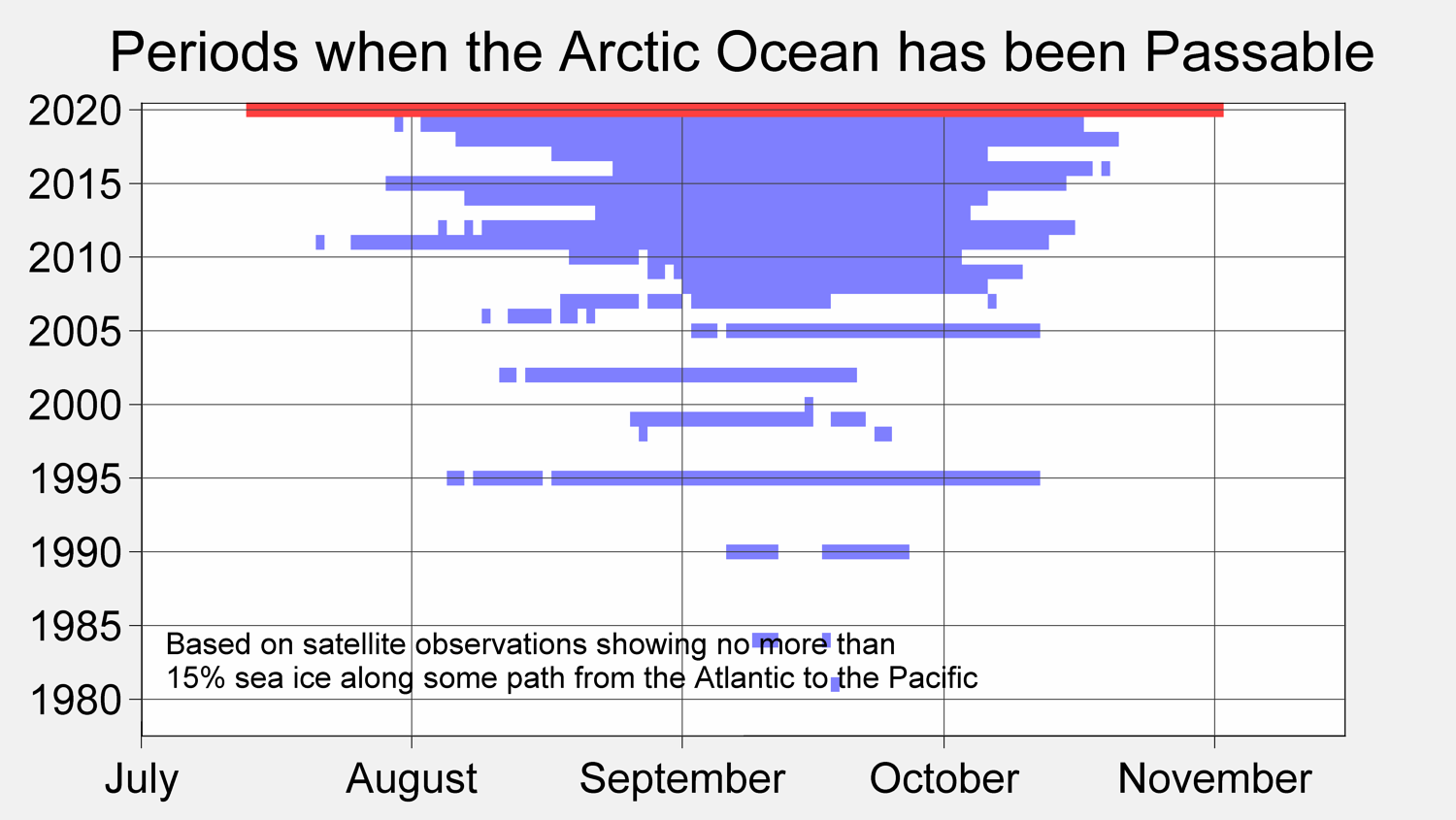14 June 2021
Introducing #QuiltYourScience
Posted by Shane Hanlon
By Laura Guertin
The AGU blog The Plainspoken Scientist has a portfolio of hashtags that celebrate connections between science and art, from #DrawnToGeoscience to #RhymeYourResearch to #AGURocks. Meet the newest hashtag to join the collection – #QuiltYourScience – and an exciting science-themed quilting celebration taking place this year.
I’m a geologist, an educator – and yes, a quilter. I’ve been quilting for a number of years, but in 2018, I started focusing my quilts on sharing stories of science. I created a series of quilts on Stitching Hope for the Louisiana Coast, telling stories of adaptation and resilience to the impacts from climate and sea level faced by residents in southern Louisiana. But it wasn’t until this year I sewed my first data visualization quilt.
While scanning down the web page of the Berkeley Earth Global Temperature Report for 2020, I saw this image displaying the times each year when the Arctic Ocean was passable, and I knew this would be a great mini quilt to create!

Credit: Berkley Earth
Inspired by the Stripes Challenge from Curated Quilts and their recommended color palette, I set to work. I first printed out the graph and measured on the paper for each year, from left to right, how many inches represented the time when the Arctic Ocean was passable by ships and the time the region was impassable. Each row, or “stripe” in my quilt represents the data shown in the graph, using blue and white. The height of each row is half an inch. In my square, I was able to go back to 1992 (bottom white row, where white represents the Arctic Ocean is not passable) and ended on the top with jade green for 2021, as we don’t know yet how much of this year will be passable.
The bright pink and highlighter yellow colors from the Curated Quilts color palette spoke to me as warning colors. I framed this graph in these colors to call attention to how the surface area of Arctic sea ice is changing over a very quick period of time. This is something we need to pay attention to, as an ice-free Arctic will allow for shipping, new priorities for military activity/national security, impact on the biosphere (especially to those living in the Arctic Circle that rely on the ocean as a food source), and the list goes on.

“The changing balance of Arctic sea ice” measures 14 x 14 inches. Credit: Laura Guertin
If you have already crafted or are inspired to create an earth/space science-themed quilt, consider submitting an image and description to this year’s Quilt Your Science 2021 project! Head on over to the GeoEd Trek blog to learn more about the call for mini quilts from quilters across all ages and skill levels to celebrate online and during the 2021 AGU Fall Meeting virtually and on-site. Selected entries will also be highlighted here on The Plainspoken Scientist blog.
-Laura Guertin is a Professor of Earth Science at Penn State Brandywine and an alumna of the AGU Voices For Science initiative.










 The Plainspoken Scientist is the science communication blog of AGU’s Sharing Science program. With this blog, we wish to showcase creative and effective science communication via multiple mediums and modes.
The Plainspoken Scientist is the science communication blog of AGU’s Sharing Science program. With this blog, we wish to showcase creative and effective science communication via multiple mediums and modes.